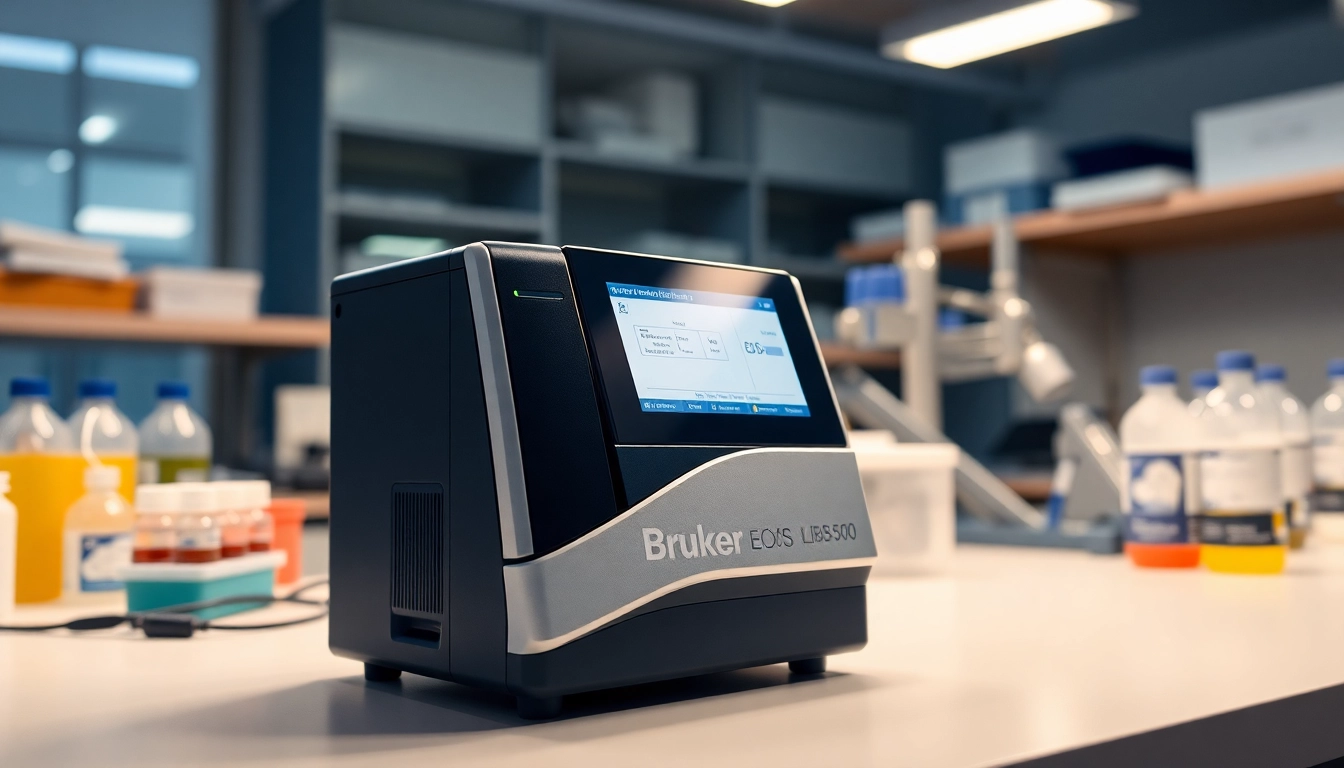Introduction to Electromagnetic Shielding Materials
Electromagnetic shielding materials are crucial in today’s technology-driven world, where electronic devices are increasingly prevalent. Their primary function is to protect sensitive components from electromagnetic interference (EMI) produced by surrounding electronic devices or external sources. These materials can prevent disruption to the performance of devices, thereby maintaining the integrity and functionality of a plethora of applications ranging from consumer electronics to advanced aerospace technology. Understanding the properties, applications, and types of electromagnetic shielding materials is essential for engineers, manufacturers, and researchers alike.
What are Electromagnetic Shielding Materials?
Electromagnetic shielding materials are substances that can block or attenuate electromagnetic fields, helping to prevent electrical noise from affecting sensitive electronic devices. These materials can be found in various forms such as sheets, coatings, foams, and paints. The primary purpose of these materials is to create a barrier that reflects or absorbs electromagnetic radiation, allowing devices to operate without interference.
Importance of Shielding in Electronics
The importance of electromagnetic shielding cannot be overstated as electronic devices become more complex and interconnected. EMI can degrade performance, lead to malfunction or damage, and complicate compliance with regulatory standards. Industries such as telecommunications, healthcare, and automotive rely on effective shielding to maintain operational effectiveness and ensure safety. Shielding materials protect sensitive components inside devices and enhance the reliability and longevity of products.
Common Applications of Shielding Materials
Electromagnetic shielding materials are utilized in a myriad of applications. Common areas of use include:
- Consumer Electronics: Incorporating shielding in smartphones, tablets, laptops, and other devices to prevent interference between components.
- Military and Aerospace: Shielding materials are critical in avionics and military equipment, where electronic failure can have disastrous consequences.
- Healthcare Devices: In medical equipment like MRI machines and monitors, effective shielding protects against external electromagnetic fields.
- Automotive: Cars are equipped with numerous electronic systems that require shielding to prevent EMI from disrupting communication between systems.
Types of Electromagnetic Shielding Materials
Metals Used in Shielding
Metal materials are highly effective at providing electromagnetic shielding due to their superior conductivity and ability to absorb and reflect electromagnetic waves. Some commonly used metals include:
- Copper: Renowned for its outstanding electrical conductivity, copper is one of the most effective materials for EMI shielding. It is used in various forms, including sheets, foils, and mesh.
- Aluminum: Lightweight and relatively inexpensive, aluminum is another popular choice. It is often used for enclosures and can be anodized for additional corrosion resistance.
- Steel: Various forms of steel, especially pre-tin plated steel, provide good shielding while offering durability and strength, making it suitable for industrial applications.
- Nickel: Nickel’s corrosion resistance and workability make it an option in the form of plating, particularly for connectors and housings.
Non-metallic Shielding Options
While metals dominate the shielding landscape, several non-metallic materials provide effective alternatives. These include:
- Conductive Polymers: These advanced materials combine the lightweight advantages of plastics with conductive properties, making them flexible and suitable for various applications.
- Composite Materials: Combining metals with polymers or other materials can yield effective shielding while reducing weight and improving flexibility.
- Ceramics: Certain ceramic materials have good thermal and electrical insulation properties, making them ideal for high-temperature applications.
- Foams: Conductive foams can be used in enclosures or as gaskets to prevent EMI leakage around joints and seams.
Comparative Performance of Various Shielding Materials
Choosing the appropriate shielding material often involves a comparative analysis of several factors such as conductivity, weight, cost, and application suitability. Metals typically offer higher shielding efficacy; however, advancements in non-metal materials have begun to close the gap. Assessing the specific needs of an application—such as frequency range, operational environment, and mechanical requirements—plays a critical role in selecting the right shielding material.
Manufacturing Processes for Shielding Materials
Fabrication Techniques for Metal Shielding
Metal shielding materials undergo various fabrication techniques, ensuring that they meet specific requirements for performance and application. Common methods include:
- Stamping: This involves cutting and shaping metal sheets into required forms to create shields, primarily used in mass production.
- Sputtering: A thin film of conductive material is deposited onto surfaces using sputtering techniques, suitable for creating coatings on substrates.
- Welding: Joining metal components to create robust structures capable of better handling environmental stressors.
- Foaming: In the case of foam materials, a foaming process allows for lightweight shields while maintaining conductive properties.
Innovations in Conductive Polymers
New advancements in conductive polymers have reshaped the EMI shielding landscape. Research is focused on enhancing conductivity, flexibility, and thermal stability, thus broadening applications in flexible electronics and biomedical fields. Solutions like graphene or carbon nanotubes are proving exemplary in offering superior shielding while maintaining lightweight properties.
Quality Control in Production
Maintaining high standards in production through rigorous quality control processes ensures that shielding materials perform effectively. This involves testing materials for conductivity, mechanical endurance, and environmental resistance. Manufacturers may conduct EMI tests, using specified standards to ensure that products meet required performances and certifications.
Evaluating the Effectiveness of Shielding Materials
Testing Methods for Shielding Performance
To ensure the effectiveness of electromagnetic shielding materials, multiple testing methods are commonly employed:
- Shielding Effectiveness Testing: This involves measuring the reduction in electromagnetic field intensity when a material is placed between the source and sensor.
- Time-domain Reflectometry (TDR): Enables engineers to analyze and characterize the shielding properties of materials across various frequencies.
- Near-field Scanning: Involves mapping the electromagnetic fields around devices and materials to identify resonance points and leakage paths.
Common Challenges in Shielding Design
Designing effective shielding solutions comes with its set of challenges. Some include:
- Frequency Range: Different materials perform better over specific frequency ranges; thus, a comprehensive understanding of the operational environment is essential.
- Form Factor: Designing for compact spaces often leads to trade-offs in material effectiveness and structural integrity.
- Cost vs. Performance: Balancing material costs while ensuring product efficacy can be a significant restraint for manufacturers.
Best Practices for Selecting Materials
When selecting electromagnetic shielding materials, it is crucial to adhere to best practices:
- Clearly define the application requirements and constraints, including the expected electromagnetic environment.
- Consider the ratio of weight to performance, particularly for portable electronic devices.
- Utilize simulation tools to predict shielding effectiveness before production; software can analyze electromagnetic behavior against real-world conditions.
Future Trends in Electromagnetic Shielding
Emerging Materials in Shielding Technology
The electromagnetic shielding industry is evolving, with research focusing on developing new advanced materials like metamaterials, which can offer customized responses to specific frequencies. This innovation allows for selective shielding while enabling the design of materials that mimic the properties of traditional shielding metals.
Sustainability Considerations in Shielding
Environmental impact is an increasing concern within the manufacturing sector, with a movement towards sustainable practices. Research is investigating biodegradable or recyclable materials as alternatives to conventional metals and polymers. Furthermore, energy-efficient manufacturing processes are being implemented to help mitigate the ecological footprint of production.
Impact of Regulations on Material Development
Global regulations pertaining to EMI shielding materials are becoming stricter as technology continues to evolve. Compliance with safety and environmental standards pushes manufacturers to innovate continuously, driving the development of materials that meet regulatory requirements without compromising performance.


